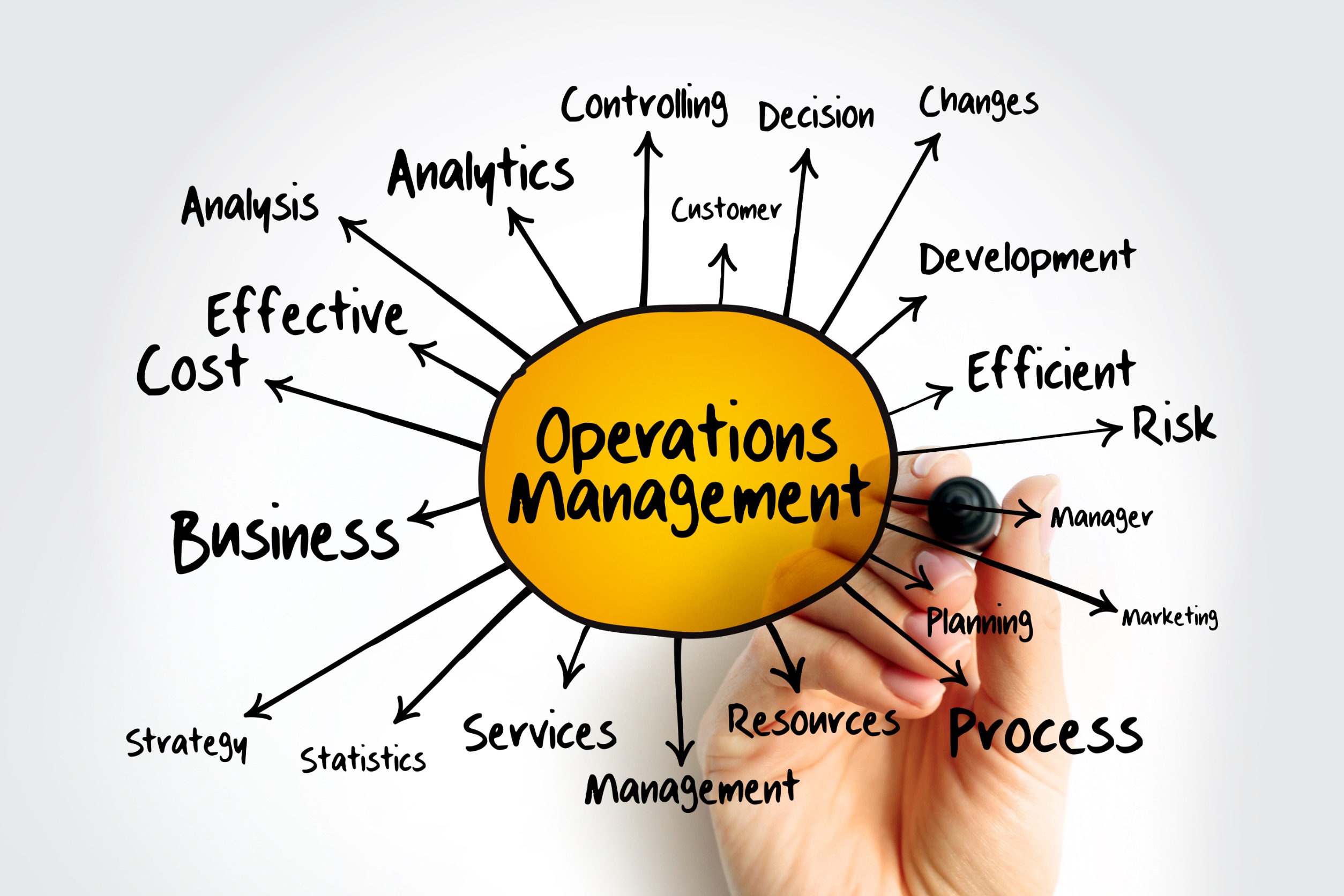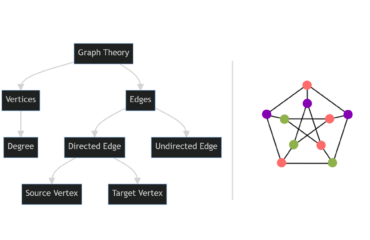Mobile network operation and maintenance (O&M) is an important aspect of mobile telecommunications, as it helps to ensure that the network is reliable and efficient for users. The main goal of O&M is to maintain a high level of quality of service (QoS) by monitoring the performance of the network, identifying, and resolving issues, and performing regular maintenance and upgrades. This requires the O&M team to have the necessary tools, knowledge, and resources to manage the network effectively. There are several key concepts involved in mobile network operation and maintenance, including network architecture, network performance, network management, maintenance, and security.
Network architecture- refers to the overall design and layout of the network, including the types of equipment and technologies used and the locations and connections of network elements.
Network performance-refers to the quality and reliability of the network, as measured by metrics such as availability, latency, and data rates.
Network management– involves the processes and systems used to monitor and control the network, including fault management, performance management, and configuration management.
Maintenance includes -the activities necessary to keep the network running smoothly, such as inspections, repairs, and upgrades.
Security involves– the measures and controls in place to protect the network from threats such as cyber attacks and unauthorized access.
Operation refers to -the normal functioning of the system, while maintenance refers to the actions taken to fix issues or prevent problems from occurring. In the context of a mobile network, operation includes day-to-day activities such as monitoring the network, managing traffic, and performing routine maintenance.
Maintenance includes tasks -such as repairing equipment, upgrading equipment to improve performance, and performing preventative maintenance.
The dynamics of operation and maintenance (O&M) refer to the various factors that influence how a system is operated and maintained. In the context of a mobile network, these dynamics can include technical, financial, and organizational factors. Some of the technical dynamics that can influence O&M include:
- Complexity of the network: A more complex network may require more time and resources to operate and maintain.
- Reliability of equipment: Reliable equipment is less likely to fail and requires less maintenance, while unreliable equipment may require more frequent maintenance and repair.
- Type of technology: Different technologies may have different maintenance requirements and may be challenging to operate.
- Implementing new technology and ideas in a mobile network: Involve a range of activities, including researching and evaluating new technologies, planning, and designing the integration of the new technology into the network, procuring, and installing the necessary equipment and infrastructure, training staff on how to operate and maintain the new technology, testing the new technology, and rolling out the new technology to the network.
Financial dynamics that can influence O&M include:
- Cost of operating and maintaining the network: This includes the cost of labor, materials, and any other expenses associated with keeping the network running smoothly.
- Availability of funding: The amount of money available to support O&M activities can affect the level of maintenance and repair that can be performed.
Organizational dynamics that can influence O&M include:
- Size and structure of the organization responsible for O&M: A larger organization may have more resources and personnel available for O&M activities, while a smaller organization may have more limited resources.
- Policies and procedures: The policies and procedures in place for O&M can affect how the network is operated and maintained.
In summary, mobile network operation and maintenance (O&M) is an essential part of ensuring that a mobile telecommunications network is functioning efficiently and effectively. This includes tasks such as monitoring the network’s performance, identifying, and resolving issues, and performing regular maintenance and upgrades. O&M is focused on maintaining a high level of quality of service (QoS) for users, and requires the O&M team to have the necessary OSS tools (as such GEMS, NORTH-I and ABID+), knowledge, and resources to manage the network effectively. There are several key concepts involved in O&M, including network architecture, network performance, network management, maintenance, and security. The dynamics of O&M can be influenced by technical, financial, and organizational factors, and the O&M team must take these into account when operating and maintaining the network.
Overall, the dynamics of O&M can have a significant impact on the efficiency and effectiveness of a mobile network. It is important for organizations to consider these factors when planning and managing O&M activities.



